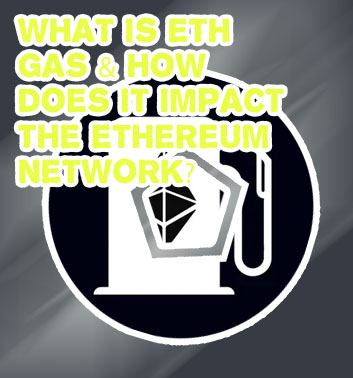
Gas ethereum
Gas fees on the Ethereum network have been a hot topic of discussion lately, with many users frustrated by the high costs associated with transactions. In order to help address this issue, we have compiled a list of 3 articles that offer insights and solutions to help reduce gas fees on the Ethereum network.
Strategies for reducing gas fees on the Ethereum network

One of the most pressing issues facing users of the Ethereum network is the high gas fees associated with transactions. These fees can often make it prohibitively expensive for users to interact with the network, especially during times of high demand. However, there are several strategies that users can employ to reduce these gas fees and make their transactions more cost-effective.
One of the most effective ways to reduce gas fees on the Ethereum network is to simply wait for periods of lower network activity. Gas fees are determined by supply and demand, so when there are fewer users interacting with the network, fees tend to be lower. By being patient and choosing to make transactions during off-peak times, users can save significant amounts on gas fees.
Another strategy for reducing gas fees is to use layer 2 scaling solutions such as Loopring or Optimism. These solutions allow users to offload some of their transactions onto secondary networks that operate independently of the main Ethereum chain. By doing so, users can reduce the amount of gas required for their transactions and save money in the process.
Additionally, users can also optimize their transactions by using gas limit and gas price parameters more efficiently. By setting the gas limit to the minimum amount required for a transaction to be processed and adjusting the gas price based on current network conditions, users
Optimizing gas usage in smart contract development
Gas optimization is a crucial aspect of smart contract development that can significantly impact the efficiency and cost-effectiveness of blockchain transactions. Gas refers to the fee required to execute operations on the Ethereum network, and optimizing its usage is essential for minimizing costs and improving the overall performance of smart contracts.
One key strategy for optimizing gas usage is to carefully design and structure smart contracts to minimize the number of computational steps required for execution. This involves writing efficient code, avoiding unnecessary loops and complex logic, and reducing the overall size of the contract. By streamlining the codebase and eliminating redundant operations, developers can reduce the gas costs associated with deploying and running smart contracts.
Another important consideration is the use of data structures and algorithms that are gas-efficient. For example, using arrays instead of mappings for storing large amounts of data can help reduce gas costs, as arrays are more gas-efficient for certain operations. Additionally, developers should leverage gas optimization tools and techniques, such as gas analyzers and profilers, to identify potential bottlenecks and inefficiencies in their code.
In conclusion, optimizing gas usage in smart contract development is essential for maximizing efficiency and minimizing costs. By following best practices, utilizing gas-efficient data structures, and leveraging optimization tools, developers can enhance the performance of their smart contracts and drive greater value
Exploring layer 2 solutions for lowering transaction costs on Ethereum
Layer 2 solutions have emerged as a promising way to address the issue of high transaction costs on the Ethereum network. These solutions aim to alleviate congestion on the main blockchain by processing transactions off-chain and then settling them on the Ethereum network. By doing so, layer 2 solutions can significantly reduce transaction costs and increase the scalability of the network.
One of the most popular layer 2 solutions is the implementation of sidechains, such as Optimistic Rollups and zkRollups. These sidechains allow for faster and cheaper transactions by aggregating multiple transactions into a single batch before settling them on the Ethereum mainnet. This not only reduces the load on the main blockchain but also enables users to conduct transactions at a fraction of the cost.
Another promising layer 2 solution is the use of state channels, which enable users to conduct off-chain transactions directly with each other. By locking up funds in a smart contract and only settling the final state on the Ethereum network, state channels can significantly reduce transaction costs and increase the speed of transactions.
In conclusion, layer 2 solutions offer a viable path towards lowering transaction costs on the Ethereum network. By leveraging sidechains and state channels, users can enjoy faster and cheaper transactions while also improving the overall scalability of the network. This article is important for anyone